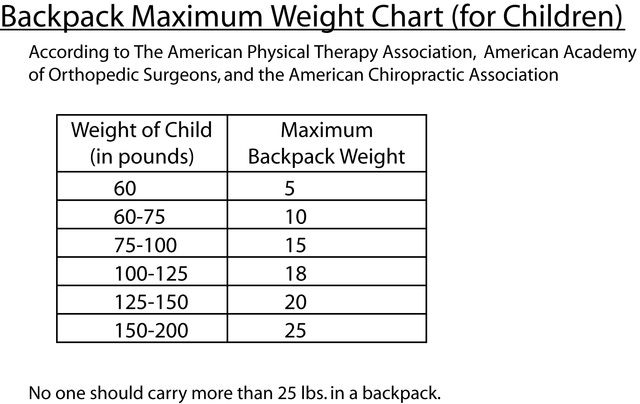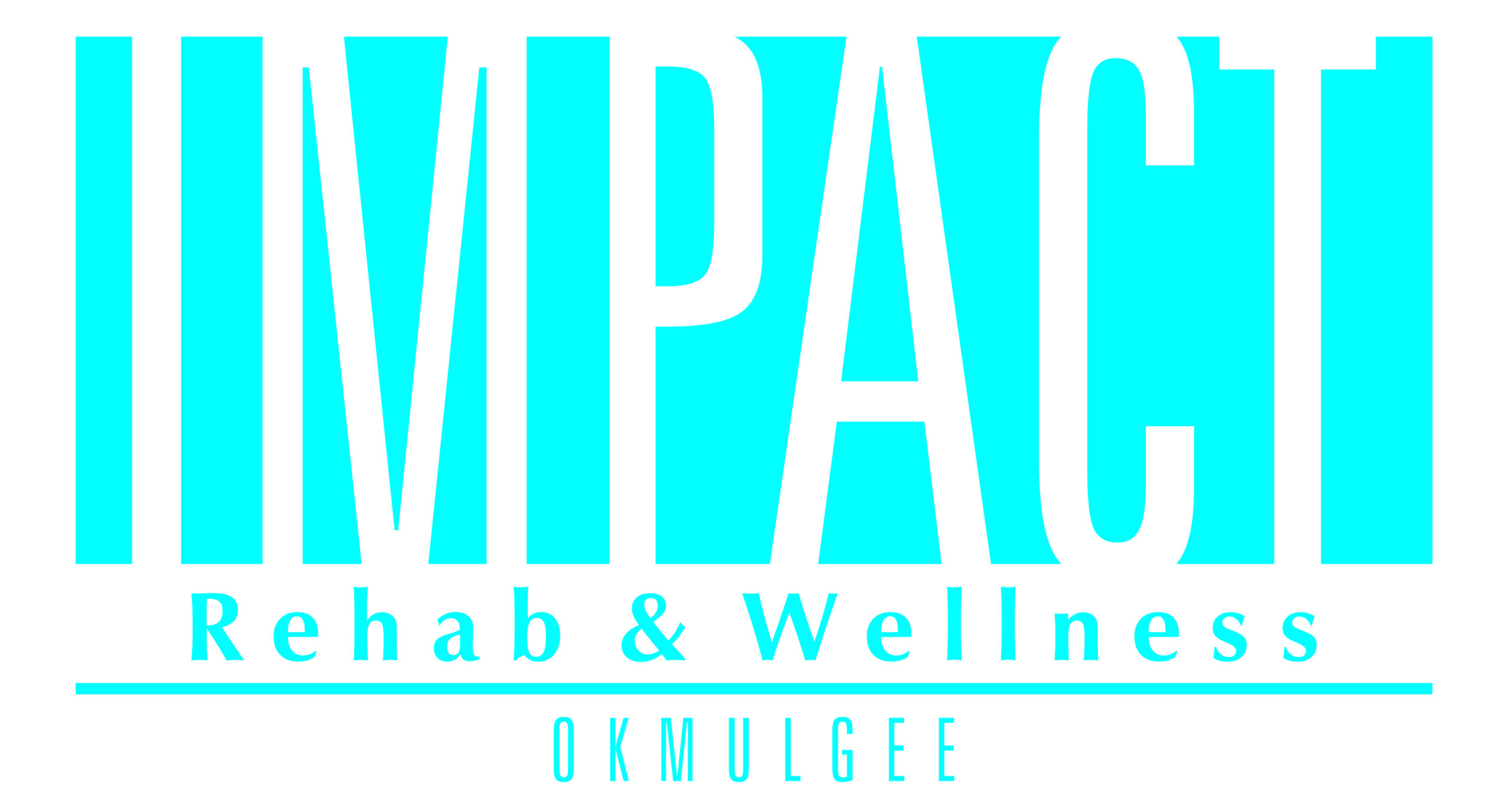As the summer winds down and school starts, children are toting around heavy backpacks full of books and supplies. Children from elementary to high school have a variety of supplies in their bags: laptops, books, athletic gear, lunch boxes, water bottles, etc. This raises the question: how heavy is too heavy?
The Facts
Concerns surrounding spinal problems in adolescents is on the rise. Up to 40% of adolescents complain of low back pain after using their backpack. It’s found that low back pain in childhood often continues into adulthood. Studies show that children who use heavy backpacks not only have back pain, but they also develop muscle contractures and postural maladaptation.
Loaded backpacks often weigh 10-25% of a child’s body weight, but sometimes reach up to 30-40% of their weight. Sustaining this amount is similar to what tactical professionals have to carry as adults! Bearing this weight while musculoskeletal systems are still developing poses a risk for injuries and pain from stresses on the spine!

Backpacks that weigh over 10-15% of a child’s body weight can have many negative effects. At 15% of body weight, a child’s shoulders can no longer maintain a normal standing posture. One study states that at 20% body weight, there’s a significant forward trunk lean as students walk further. Additionally, backpacks that put too much load on the spine can cause postural deficits, forward head posture, shoulder asymmetry, increased risk for falls, increased lumbar lordosis, flattening of thoracic kyphosis, reductions of head-neck angles, and possible brachial nerve impairments.
Pain caused from excessive loads has gained the term “backpack syndrome.” Backpack syndrome causes headaches, neck and back pain, and fatigue.
There have been studies examining the effects of carrying backpacks on one shoulder versus both shoulders. Carrying a bag on one shoulder causes significant asymmetries. It can cause alterations of knee biomechanics from the extra load on the lumbar vertebrae. Therefore, it’s best to use a backpack with two straps, and utilize both straps!
Helpful Tips
To ensure your child’s safety:
- Weigh their bag. It shouldn’t weigh more than 10% of their body weight.
- Remove unnecessary items; clean it out daily.
- Make sure they carry their backpack on both shoulders to avoid asymmetries.
- Keep them active! It’s important for children to have strong shoulders, core, neck, and back. Studies have proven that obese adolescents, or those with a sedentary lifestyle, are more prone to have deficits from overloaded backpacks.
- Utilize a backpack that has wide, padded, adjustable straps and padded backs, if possible.
- The bag should be carried close to their body, not fall too far below their waist, and not be wider than the child’s torso.
- Use a backpack with waist and/or chest straps. This helps distribute the weight across their body, rather than have an excessive load on their spine.
It’s important to be aware of how much weight your child is carrying as they go back to school. Being aware of the potential side effects can protect your child from injuries in the future.
Bibliography
Chansirinukor W, Wilson D, Grimmer K, Dansie B. Effects of backpacks on students: measurement of cervical and shoulder posture. Aust J Physiother. 2001;47(2):110-6. doi: 10.1016/s0004-9514(14)60302-0. PMID: 11552866.
Macedo RB, Coelhoe-Silva MJ, Sousa NF, Valente-dos-Santos J, Machado-Rodrigues AM, Cumming SP, et al. Quality of life, school backpack weight, and nonspecific low back pain in children and adolescents. J Pediatr (Rio J). 2015;91:263-9. . Jornal de Pediatria [online]. 2015, v. 91, n. 3 [Accessed 21 July 2021] , pp. 263-269. Available from: https://doi.org/10.1016/j.jped.2014.08.011. ISSN 1678-4782.
Perrone, M., Orr, R., Hing, W., Milne, N., & Pope, R. (2018). The Impact of Backpack Loads on School Children: A Critical Narrative Review. International journal of environmental research and public health, 15(11), 2529. https://doi.org/10.3390/ijerph15112529
